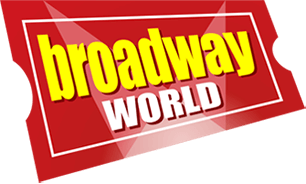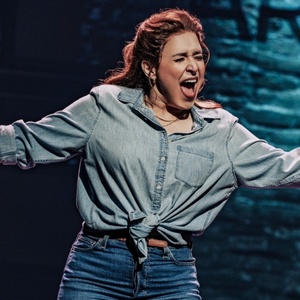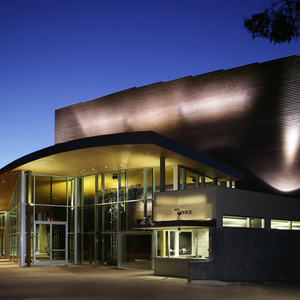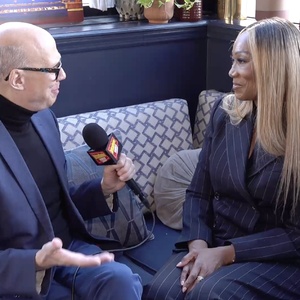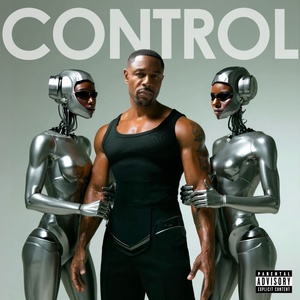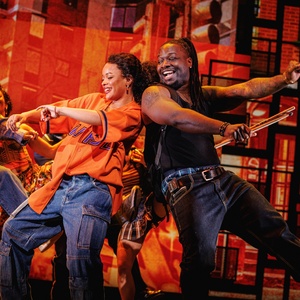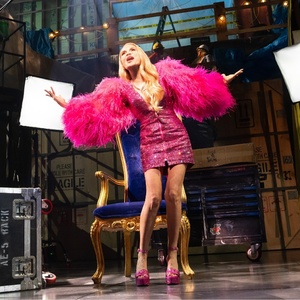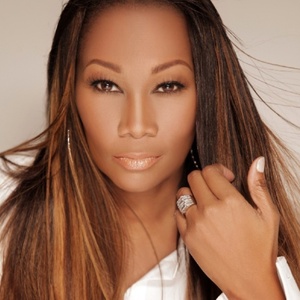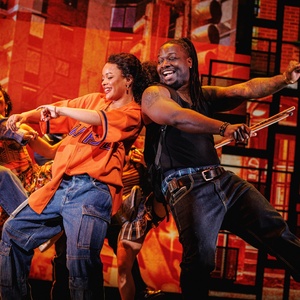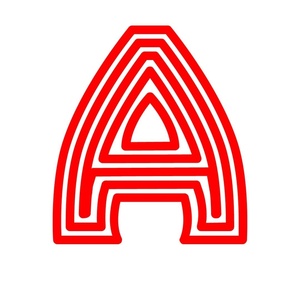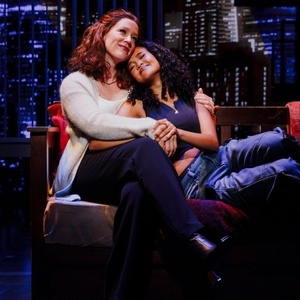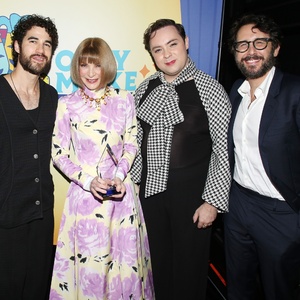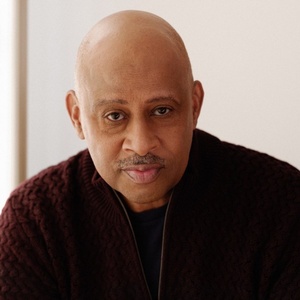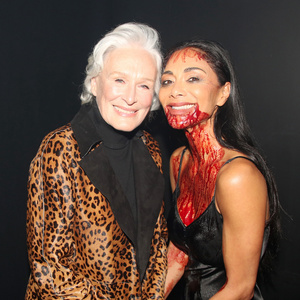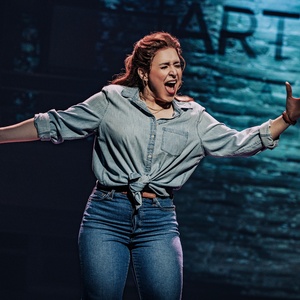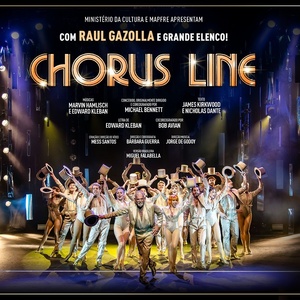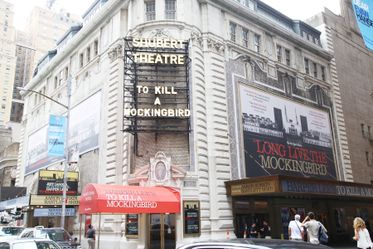
Marquee
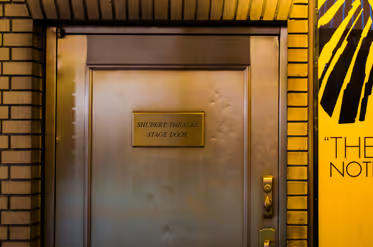
Stage Door
225 West 44th St.
New York, NY
BUILT: 1913
SEATING CAPACITY: 1460
View Larger Map
Seating Chart
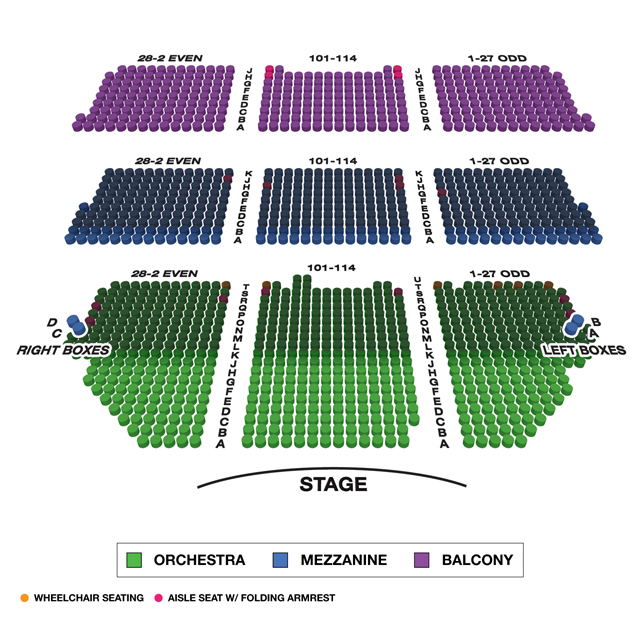
Shubert Theatre (Broadway) History
The Shubert Theatre had its genesis in the New Theatre, an "art" playhouse located on Central Park West that was devoted to serious repertory drama. Although the project was a critical and commercial flop, the New Theatre Group, which included Lee Shubert, leased a plot of land between 44th and 45th street to construct a new venue. The plan was abandoned, but Lee Shubert and Winthrop Ames, a former New Theatre partner, acquired a lease for the site, and built two adjoining playhouses there. Lee and J.J. operated the larger of the two auditoriums, which they named the Sam S. Shubert Memorial Theatre to commemorate their brother, who had died in May 1905. Ames managed the smaller Booth Theatre. The Shubert and Booth theatres utilized an unusual design scheme, sharing an architecturally unified exterior (in the style of the "Venetian Renaissance"), but completely distinct interiors. Another distinctive feature is the private roadway connecting 44th and 45th Streets, which runs between the two new theatres and the rear of the adjacent building--formerly the Astor Hotel, now the Minskoff. This thoroughfare, which came to be called Shubert Alley, allowed each theatre to occupy a corner lot. The Shubert's elegant interior is marked by elaborate plasterwork, and a series of theatrically-themed painted panels that adorn the boxes, the area above the proscenium arch, and the ceiling. Lee chose to build an office/apartment above the theatre, which is now the location of the Shubert Organization's executive offices.
The Shubert Theatre's longest running show was A Chorus Line! A Chorus Line opened at the theatre in July 1975, featuring music by Marvin Hamlisch, lyrics by Edward Kleban, and a book by James Kirkwood Jr. and Nicholas Dante. A Chorus Line was directed by Michael Bennett and co-choreographed by Bennett and Bob Avian. The show received twelve Tony Award nominations and won nine: Best Musical, Best Book of a Musical, Best Performance by a Leading Actress in a Musical, Best Performance by a Featured Actor in a Musical, Best Performance by a Featured Actress in a Musical, Best Original Score, Best Direction of a Musical, Best Choreography, and Best Lighting Design. The show also won the 1976 Pulitzer Prize for Drama. The show ran for 6,137 performances, from July 25 1975 to April 28, 1990. A Chorus Line is currently the seventh longest-running Broadway show in history.
Nearest Venues
Name: Shubert Alley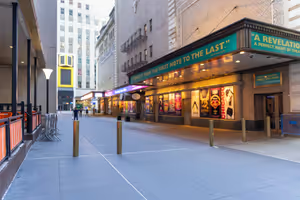 Category: Attraction
Category: Attraction
Address: W 45th St
Description: Shubert Alley is a popular destination for tourists who are interested in theater and Broadway history. Located in the heart of the Theater District in New York City, Shubert Alley is a pedestrian-only walkway that runs between West 44th and West 45th Streets, connecting Seventh and Eighth Avenues.
The alley is lined with theaters, including the Shubert Theatre, which is one of the oldest and most famous theaters on Broadway. Tourists can take a stroll through the alley and admire the theater district's iconic architecture, posters, and marquees.
Shubert Alley is also home to a variety of souvenir shops, including the famous Theater Circle Store, which sells Broadway-themed merchandise, including T-shirts, posters, and show memorabilia. The alley is also known for its outdoor exhibits, such as Tony Award-winning costumes and props from popular Broadway shows.
Overall, Shubert Alley is a must-visit destination for any theater lover or tourist interested in experiencing the magic and history of Broadway.
Name: The Ride Category: Tour
Category: Tour
Address: 234 W 42nd St
Description: The Ride is a unique and exciting attraction located in New York City that offers tourists a one-of-a-kind interactive sightseeing experience. The attraction takes place on a custom-built, multi-million dollar bus that features stadium-style seating, floor-to-ceiling glass windows, and a state-of-the-art audio and visual system.
During The Ride, guests will be taken on a 60-75 minute journey through some of the most iconic neighborhoods and landmarks of Manhattan. Along the way, they will be entertained by talented street performers, actors, and comedians who will interact with the passengers and the city in real-time.
The Ride is a great way to see the city in a fun and unique way, and it is perfect for families, groups, or individuals who want to experience New York City in a new and exciting way. It is also a great way to learn more about the city's history, culture, and landmarks while being entertained by talented performers. Overall, The Ride is a must-see attraction for any tourist visiting New York City.
Name: CitySights NY Category: Tour
Category: Tour
Address: 234 W 42nd St
Description: CitySights NY is a popular destination for tourists looking to explore New York City's top attractions. As one of the leading tour companies in the city, it offers a variety of tour packages that cater to different interests and preferences.
One of the main reasons tourists visit CitySights NY is to experience the iconic landmarks of New York City, such as the Empire State Building, Statue of Liberty, and Central Park. The company offers a range of sightseeing tours that allow visitors to see these attractions up close and learn about their history and significance.
CitySights NY also provides unique experiences, such as helicopter tours, bike tours, and night tours that offer a different perspective of the city. Visitors can also choose from a variety of hop-on-hop-off bus tours that allow them to explore different neighborhoods at their own pace.
In addition to its tours, CitySights NY offers a convenient way to purchase tickets for popular attractions, such as Broadway shows and museums, saving visitors time and hassle. Overall, CitySights NY is a one-stop-shop for tourists looking to make the most of their visit to New York City.
Name: Madame Tussauds New York Category: Museum
Category: Museum
Address: 234 W 42nd St
Description: Madame Tussauds New York is a famous tourist attraction located in the heart of Times Square. It is a wax museum that features lifelike replicas of popular celebrities, historical figures, and political leaders. The museum offers a unique opportunity for tourists to get up close and personal with their favorite stars and take selfies with them.
Visitors can experience the glamour of Hollywood by posing with wax replicas of celebrities like Marilyn Monroe, Brad Pitt, and Beyoncé. The museum also showcases historical figures such as Abraham Lincoln, Martin Luther King Jr., and Nelson Mandela.
In addition to the wax figures, the museum offers interactive exhibits that allow visitors to engage with their favorite celebrities and characters. For example, visitors can participate in a virtual reality experience with Spider-Man or take part in a dance-off with Michael Jackson.
Overall, Madame Tussauds New York is a fun and exciting attraction that offers a unique experience for tourists of all ages. Whether you are a fan of Hollywood stars, historical figures, or pop culture icons, this museum has something for everyone.
Name: Times Square Category: Attraction
Category: Attraction
Address: Between 42nd & 47th St
Description: Times Square is one of the most iconic and bustling destinations in New York City, attracting tourists from all over the world. The area is known for its neon lights, towering billboards, and lively atmosphere, which make it a hub of entertainment, shopping, and dining.
Tourists flock to Times Square to experience the excitement of the city that never sleeps. The area is home to a variety of Broadway theaters, which host some of the most popular and critically acclaimed musicals and plays in the world. Visitors can also catch a movie at one of the many cinemas, or shop for souvenirs at the numerous stores.
In addition, Times Square is a popular spot for celebrating special occasions, such as New Year's Eve, when thousands of people gather to watch the famous ball drop. Tourists can also enjoy delicious food from a wide range of restaurants and food stands, or simply take in the vibrant atmosphere and people-watching opportunities.
Nearest Restaurants
 Name: Le Marais
Name: Le Marais
Address: 150 West 46th Street
Description: Le Marais is a long standing, French steakhouse that is entirely Kosher. Its flavorful meats tie perfectly with its extensive drink menu. Located only a block away from the Marriot Marquis Theatre, it is a great spot for a pre-show meal.
 Name: T45 at the Hyatt Time Square
Name: T45 at the Hyatt Time Square
Address: 135 West 45th Street
Description: Within the Hyatt Times Square Hotel, T45 is an impressive rooftop bar and restaurant with stunning views of the city. Aside from its outdoor seating, T45 also has a chic interior with a clean, fresh look. The menu carries traditional American cuisine and all its ingredients are locally sourced.
 Name: Havana Central
Name: Havana Central
Address: 151 West 46th Street
Description: Havana Central is a cuban restaurant in Times Square offering Cuban fare, cocktails and live music. The restaurant offers a unique atmosphere with a retro Havana setting. Dine in, take-out, delivery, and off-site catering are available.
 Name: Junior's Restaurant
Name: Junior's Restaurant
Address: 1515 Broadway
Description: Located directly in the famous Schubert Alley, Junior's Restaurant is a staple of not only the theatre district, but New York City! Junior's offers a wide variety of delicious entrees from burgers to breakfast, as well as a full service bar. Their signature New York Cheesecake is a must!
 Name: Crossroads American Kitchen & Bar
Name: Crossroads American Kitchen & Bar
Address: 1535 Broadway
Description: Located in the heart of Time Square inside the Marriott Marquis Hotel, Crossroads An American Kitchen & Bar is open from breakfast to late night. This restaurant is the perfect spot for a pre matinee brunch, pre evening show dinner, or post show drinks!
Shubert Theatre Frequently Asked Questions
Accessible seating is available for this performance as indicated on the seating map.
The theatre is not completely wheelchair-accessible.
Orchestra location: Seating is accessible to all parts of the Orchestra without steps. There are no steps to the designated wheelchair seating location.
Mezzanine location: Located on the second level, up two flights of stairs (34 steps). On the Mezzanine or Balcony level, there are approximately two steps per row. Entrance to the Mezzanine is behind row K.
Balcony location: Located on the third level, up three flights of stairs (56 steps) from the Orchestra. On the Mezzanine or Balcony level, there are approximately two steps per row. Entrance to the Balcony is behind row J.
Handrails: Available at the end of every stepped seat row in the Mezzanine and Balcony.
There are no wheelchair-accessible restrooms available in this theatre. Wheelchair-accessible restrooms are located at Sardi’s Restaurant (fourth floor, accessible via elevator) directly across the street.
The Shubert Theatre provides at least 10 infrared assisted-listening devices for every performance at the theatre. Beginning four weeks after a show’s official opening-night performance, at least 10 audio description devices are available for every performance at the theatre. In addition, there is unlimited access to downloadable audio description software for personal mobile devices, available beginning four weeks after a show’s official opening-night performance, which provides an automated detailed account of the visual of the production, free of charge. The theatre also offers handheld devices and software that provide captioning for Deaf or hard-of-hearing patrons, available beginning four weeks after a show’s official opening-night performance.
.Videos
